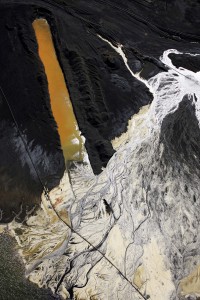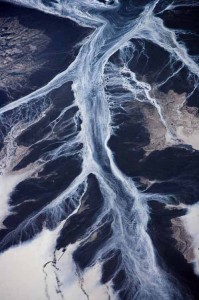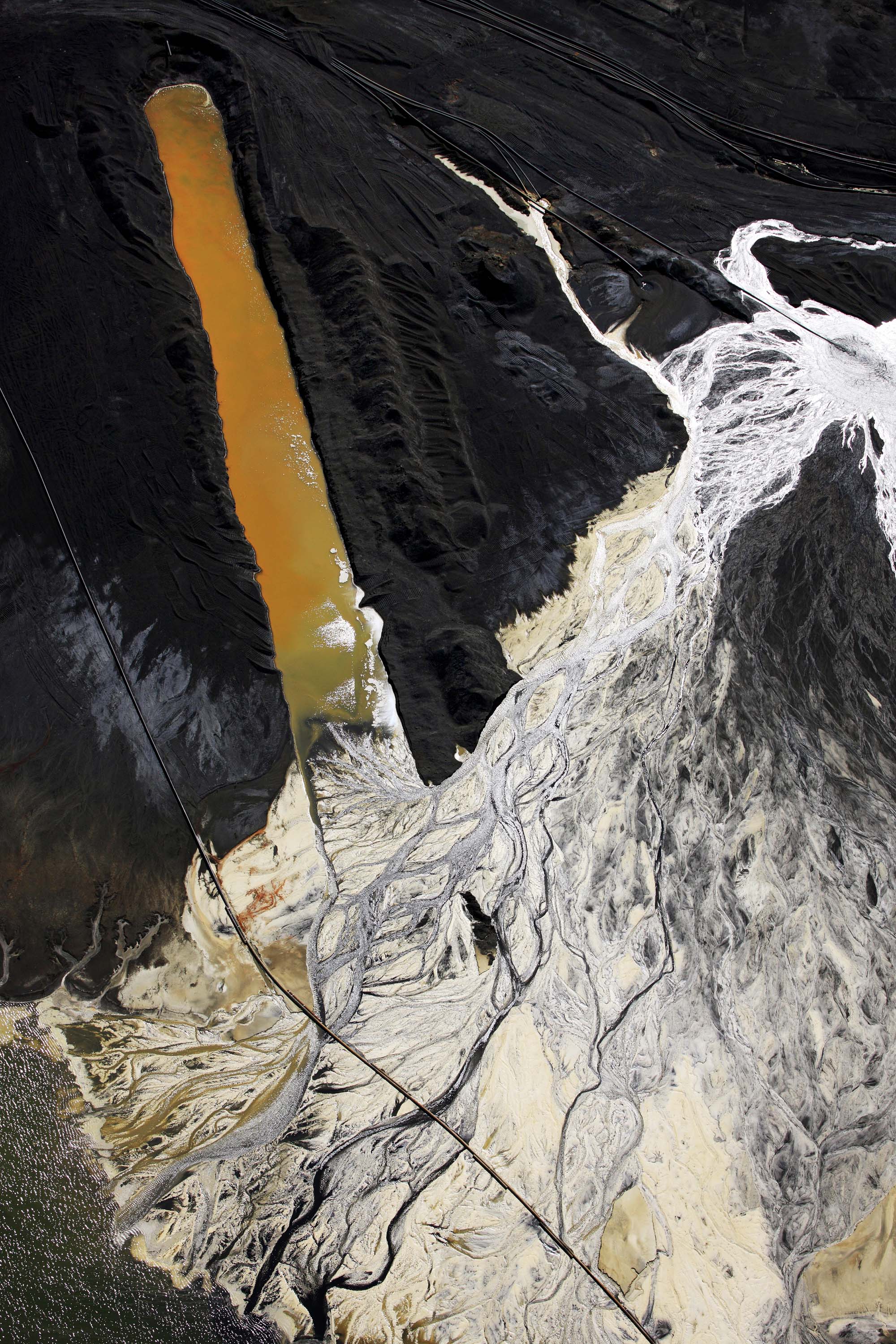Summer Dates: June 6 – July 15, 2011
Fall Dates: September 6 – 17
IDEA Space is closed from July 16 – September 5
Artist and an environmental advocate J Henry Fair creates large-format photographs of sites of environmental degradation that simultaneously seduce us with their extraordinary beauty and horrify us with their content. Shooting from airplanes or helicopters, Fair captures images of the pollution generated by paper mills, fertilizer factories, power plants, coal mining operations, and oil companies.

J Henry Fair’s large-format photographs of sites of environmental degradation simultaneously seduce us with their extraordinary beauty and horrify us with their content. Shooting from airplanes or helicopters, Fair captures images of the pollution generated by paper mills, fertilizer factories, power plants, coal mining operations, and oil companies. To compel the viewer to consider the true cost of resource extraction and industrialization, Fair’s Industrial Scars are lyrically beautiful, featuring dynamic compositions and saturated colors that evoke Abstract Expressionist paintings. Occupying dual roles as artist and environmental advocate, Fair seeks to create “an aesthetic look at some of our most egregious injuries to the system that sustains us in hopes that the viewer will come away with an innate understanding of his or her complicity and a will to make a difference.”

J Henry Fair’s photographs have been featured in segments on the TODAY Show, CNN, FOX News, and WDR German TV, as well as in most major publications, including ArtNews, National Geographic, TIME, New York Magazine, Harper’s Magazine, and GQ. He has participated in group and solo exhibitions at major museums, galleries, and educational institutions around the world. In addition to his artistic practice, Fair supports a number of environmental organizations that share his commitment to changing destructive consumer habits and effecting positive change in our environment. He is co-founder of the Wolf Conservation Center in South Salem, NY, an organization that is dedicated to the protection of and education about the world’s wolf population. He is a regular contributor to NRDC’s OnEarth Magazine and blogs regularly about art and the environment. His book, The Day After Tomorrow: Images of Our Earth in Crisis was released in 2010.
Industrial Scars is made possible by support from the President’s Circle and the Colorado College Cultural Attractions Fund
